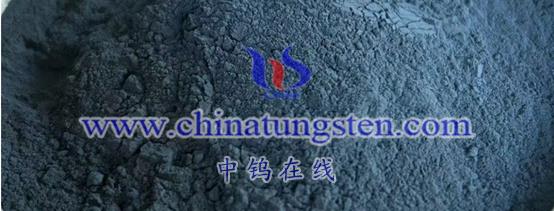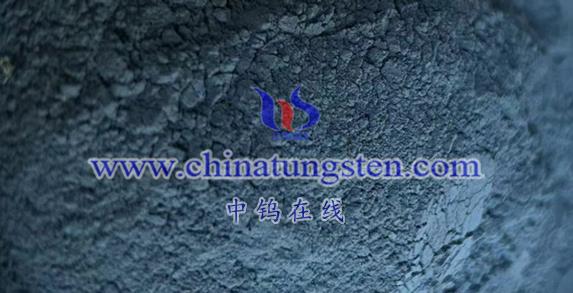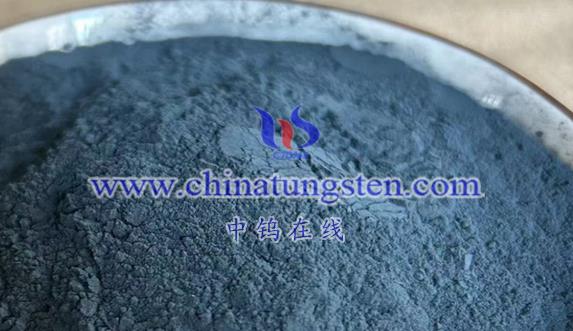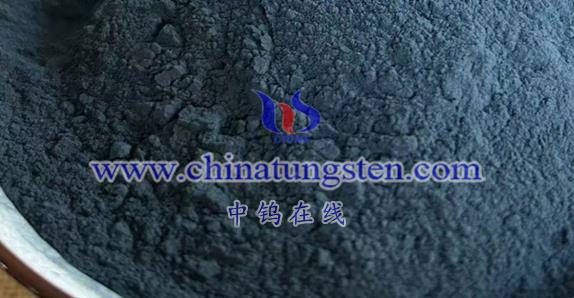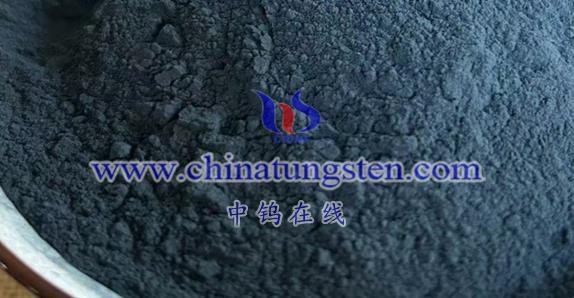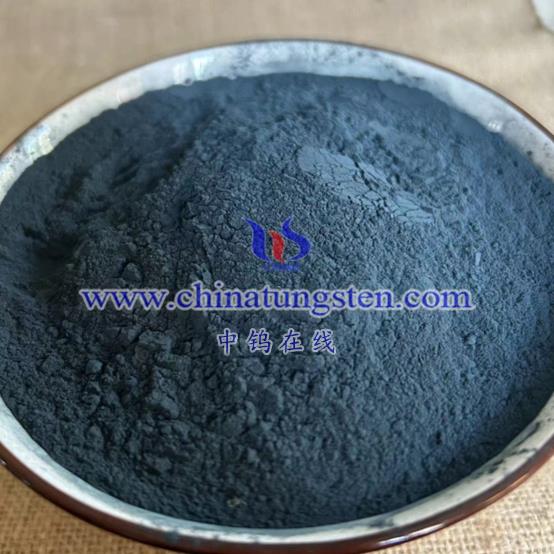
The presence of oxygen vacancies in tungsten oxide (WOx) significantly affects its band structure, impacting various physical and chemical properties. Here are the key effects:
- Change in Band Gap Width
- Narrowing of the Band Gap: The introduction of oxygen vacancies leads to a reduction in the band gap of tungsten oxide. Pure tungsten oxide, like WO3, typically has a band gap of about 2.9 eV. However, the presence of oxygen vacancies can decrease this band gap to approximately 2.4–2.8 eV. This narrowing is primarily due to the creation of new defect energy levels within the band gap, which effectively reduces the energy difference between the valence band and the conduction band.
- Formation of New Defect Energy Levels
- Defect Energy Levels: Oxygen vacancies create new defect energy levels in the band gap, positioned below the conduction band but above the valence band. These levels provide new pathways for electron transitions, allowing electrons to move from the valence band to the defect levels and then to the conduction band, thereby enhancing the material’s optical absorption and electrical conductivity.
- Enhanced Light Absorption Properties
- Broadened Absorption Range: The combination of a narrowed band gap and newly formed defect energy levels significantly enhances the light absorption properties of tungsten oxide, particularly in the visible and near-infrared regions. This makes oxygen vacancy-containing tungsten oxide suitable for a wide range of applications in photocatalysis and photoelectronic devices.
- Alteration of Electronic Structure
- Increased Free Carrier Density: The presence of oxygen vacancies leads to an increase in the density of free carriers (electrons and holes) in tungsten oxide. A higher concentration of oxygen vacancies (WO3-x) can generate localized surface plasmon resonance (LSPR) effects, which result in significantly enhanced light absorption in the visible or near-infrared regions. This characteristic is particularly useful for applications such as biosensing.
- Improvement of Conductivity
- Increased Conductivity: The introduction of oxygen vacancies results in new energy levels below the conduction band, greatly enhancing the electrical conductivity of tungsten oxide. This improvement in conductivity makes oxygen vacancy-rich tungsten oxide more effective for use in electronic devices, sensors, and other applications.
Conclusion
The presence of oxygen vacancies in tungsten oxide leads to significant modifications in its band structure, including changes in band gap width, the formation of new defect energy levels, enhanced light absorption properties, alterations in electronic structure, and improved conductivity. These changes contribute to the wide application potential of oxygen vacancy-containing tungsten oxide in fields such as photocatalysis, photoelectronic devices, biosensing, and other electronic applications.
More details of tungsten oxide product, please visit website: tungsten-oxide.com
Please contact CHINATUNGSTEN for inquiry and order of tungsten oxide:
Email: sales@chinatungsten.com
Tel.: 86 592 5129595
